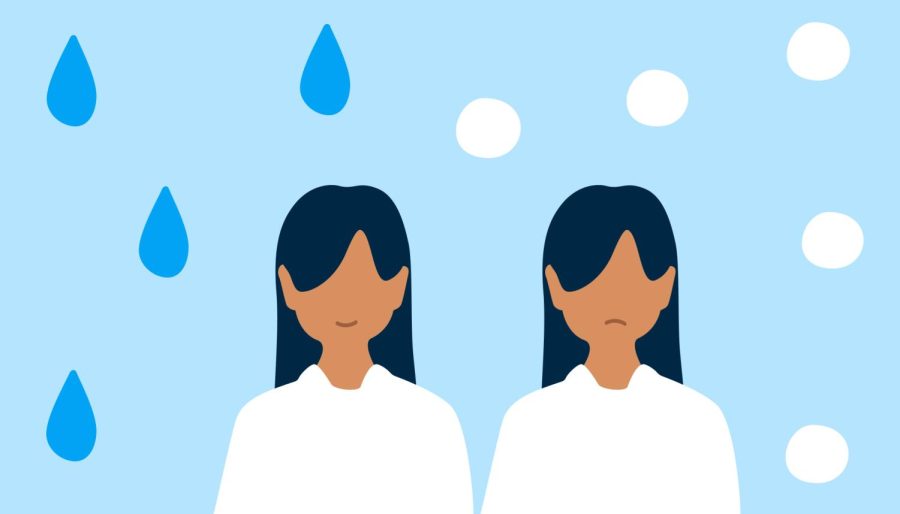Seasonal Depression: Let’s Talk About It
February 14, 2023
Seasonal Depression, or its legitimate name of Seasonal Affective Disorder (SAD), is a kind of environmentally- affected depression where one’s mood or mental health heavily relates to the changes in the seasons. Most people who suffer from Seasonal Affective Disorder do so in the wintertime, and symptoms usually alleviate when springtime begins.
Symptoms of Seasonal Affective Disorder include: having depressed feelings during a large portion of the day, becoming disinterested in things you once enjoyed, feeling sluggish and having little energy, feeling worthless and having a newfound low sense of self, experiencing either increased amounts of carbohydrate intake or having an extreme decrease in appetite. These symptoms may vary in severity, and just because one does not have all of them does not mean that they cannot be susceptible or able to be affected by Seasonal Affective Disorder.
People more susceptible to other mental illnesses can be at a higher risk of developing Seasonal Affective Disorder. Those who suffer from conditions like Major Depressive Disorder can experience increased depressive thoughts in certain seasons. Those who have bipolar disorder are also more likely to develop SAD. Mania episodes in patients may be connected to a particular season, and seasons might trigger a milder kind of mania.
SAD can be linked to those with a history of depression or other similar mental illnesses in their biological history. It can also be connected to those who live in places exceptionally far from the equator, as well as ones who experience vitamin D deficiency (which can be as a result of living farther from the equator).
Treatments for Seasonal Affective Disorder can vary based on severity and other underlying conditions. Things like phototherapy and light therapy have proven to be helpful, as well as talking to a therapist and/or psychiatrist and antidepressant medication. Taking vitamin D in the form of pills and vitamins is also important, as SAD is linked to decreases in vitamin D levels.






